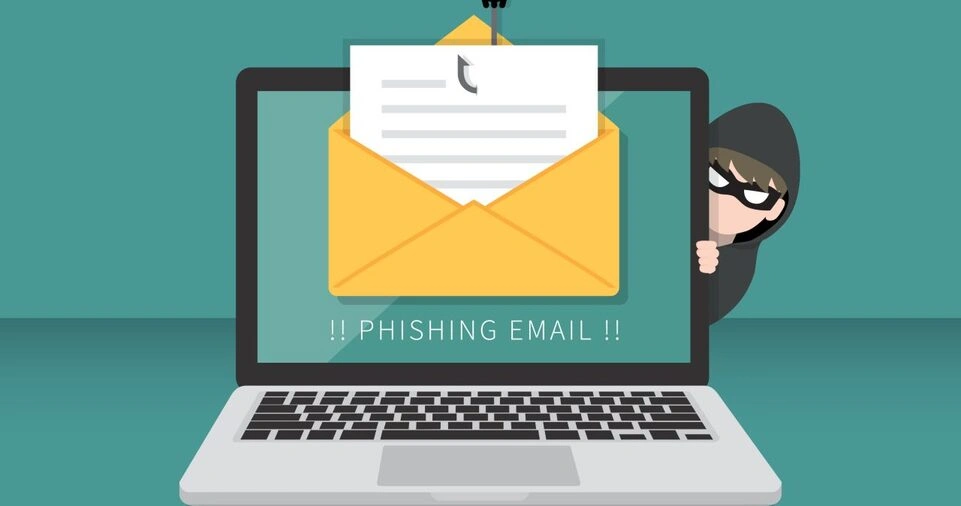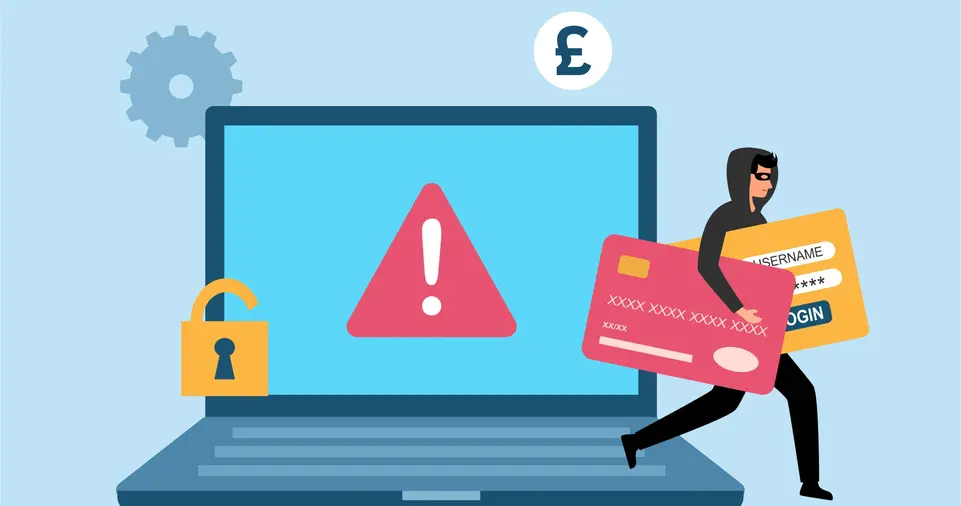Recognize and Avoid Phishing Scams in Online Platforms: In today’s digital world, cybercriminals are constantly evolving their tactics to deceive unsuspecting users.
One of the most common and dangerous threats is phishing scams. These scams trick individuals into revealing personal and financial information through fraudulent emails, messages, and websites.
As online transactions and interactions increase, understanding phishing scams becomes even more critical.
This article will help you understand what phishing scams are, how they work, and the best ways to protect yourself.
By the end, you’ll have the knowledge and tools to recognize and avoid phishing scams in online platforms, reducing the risk of falling victim to cyber fraud.
What is a Phishing Scam?
A phishing scam is a fraudulent attempt to obtain sensitive information, such as passwords, credit card numbers, or social security details, by pretending to be a trustworthy entity.
Cybercriminals use emails, text messages, phone calls, and even fake websites to lure victims into providing their information.
These attacks often exploit emotions like fear, urgency, and curiosity to trick individuals into taking action.
Common Types of Phishing Attacks
| Phishing Type | Description | Example |
|---|---|---|
| Email Phishing | Fraudulent emails designed to look like they come from legitimate sources. | An email from “your bank” asking you to verify your account details. |
| Spear Phishing | Targeted phishing attack aimed at specific individuals or organizations. | A fake email appearing to be from your company’s IT department. |
| Whaling | Aimed at high-profile individuals like executives and CEOs. | A fraudulent email requesting a wire transfer from a CFO. |
| Smishing | Phishing attacks via SMS or text messages. | A text claiming you won a prize and need to click a link. |
| Vishing | Phishing through phone calls, often using social engineering. | A call from someone pretending to be tech support. |
| Clone Phishing | Duplicate versions of legitimate emails with malicious links. | An email from “Amazon” about a failed payment with a fake login page. |
| Pharming | Redirecting users to fraudulent websites without their knowledge. | A malware-infected device leading users to fake bank login pages. |
How Phishing Scams Work
Phishing scams typically follow a predictable pattern:
- The Setup – The scammer sends a message or email posing as a legitimate entity.
- The Hook – The message contains an urgent request or enticing offer.
- The Attack – The victim is directed to a fake website that mimics a real one.
- The Data Theft – The victim unknowingly enters sensitive information, which the scammer steals.
- The Exploitation – The hacker uses the stolen information for identity theft, fraud, or selling on the dark web.
Example Case Study: The Google Docs Phishing Scam
In 2017, millions of Google users received emails inviting them to edit a Google Doc. Clicking the link led to a fraudulent app that granted hackers access to email accounts.
This attack spread rapidly before Google managed to shut it down. This incident highlights how even tech-savvy users can be victims of phishing.
ALSO READ: Sharing Files Online: How to Protect Sensitive Information
How to Recognize a Phishing Scam

Check the Sender’s Email Address
Phishing emails often use fake addresses that look similar to legitimate ones.
For example, instead of “support@paypal.com,” a scammer might use “support@paypall.com” or “support-paypal@securemail.com”.
Look for Spelling and Grammar Mistakes
Official emails from legitimate companies are professionally written. Poor grammar and spelling errors are red flags. Also, check for awkward phrasing or inconsistent formatting.
Beware of Urgent or Threatening Language
Scammers create a sense of urgency to force immediate action.
Phrases like “Your account will be suspended” or “Immediate action required” are common. Real companies usually communicate in a neutral and professional tone.
Hover Over Links Before Clicking
Always check a link’s actual URL by hovering your mouse over it. If it looks suspicious or doesn’t match the company’s official domain, don’t click it.
For example, a legitimate PayPal link should begin with “https://www.paypal.com”, not “http://paypal-account-verification.com”.
Never Trust Unexpected Attachments
Legitimate companies rarely send unexpected attachments. Opening them may install malware on your device, such as keyloggers or ransomware.
Be Cautious of Generic Greetings
Phishing emails often use vague greetings like “Dear Customer” instead of addressing you by name. Companies you do business with usually personalize their emails.
How to Avoid Phishing Scams
Enable Two-Factor Authentication (2FA)
Adding an extra layer of security makes it harder for hackers to access your accounts, even if they steal your password. Many online services offer this feature, so enable it whenever possible.
Use a Password Manager
A password manager can help generate and store strong, unique passwords for all your accounts, reducing the risk of phishing-related breaches. Avoid reusing passwords across multiple sites.
Verify Requests Directly
If you receive an email or message asking for sensitive information, contact the company directly using official contact details. Never use the contact information provided in the suspicious email.
Keep Your Software Updated
Regular updates patch security vulnerabilities that scammers may exploit. Always keep your operating system, browsers, and antivirus software updated.
Educate Yourself and Others
Awareness is the best defense. Teach your friends, family, and colleagues about phishing scams and how to avoid them. Many phishing attempts succeed because victims are unaware of the risks.
Use Secure Networks
Avoid entering sensitive information when connected to public Wi-Fi. Use a VPN (Virtual Private Network) for an added layer of protection.
What to Do If You Fall for a Phishing Scam
If you suspect you’ve fallen for a phishing attack, take these immediate steps:
- Change Your Passwords – Update passwords for all potentially compromised accounts.
- Enable Two-Factor Authentication – Adds an extra layer of security.
- Report the Scam – Notify your bank, email provider, or IT department.
- Run a Security Scan – Use antivirus software to check for malware.
- Monitor Your Accounts – Keep an eye on your financial statements for any suspicious activity.
- Freeze or Lock Your Credit – If financial data was stolen, consider freezing your credit report to prevent fraudulent loans or accounts.
- Inform Your Contacts – If you clicked on a malicious link, scammers might use your email to send more phishing attempts to your contacts.
Conclusion
Phishing scams continue to evolve, but with the right knowledge, you can protect yourself from falling victim.
Always stay vigilant, verify suspicious messages, and educate yourself on cybersecurity best practices.
The more proactive you are, the less likely you are to be deceived.
Stay Safe Online! If you found this guide helpful, share it with your friends and colleagues to spread awareness about phishing scams.







